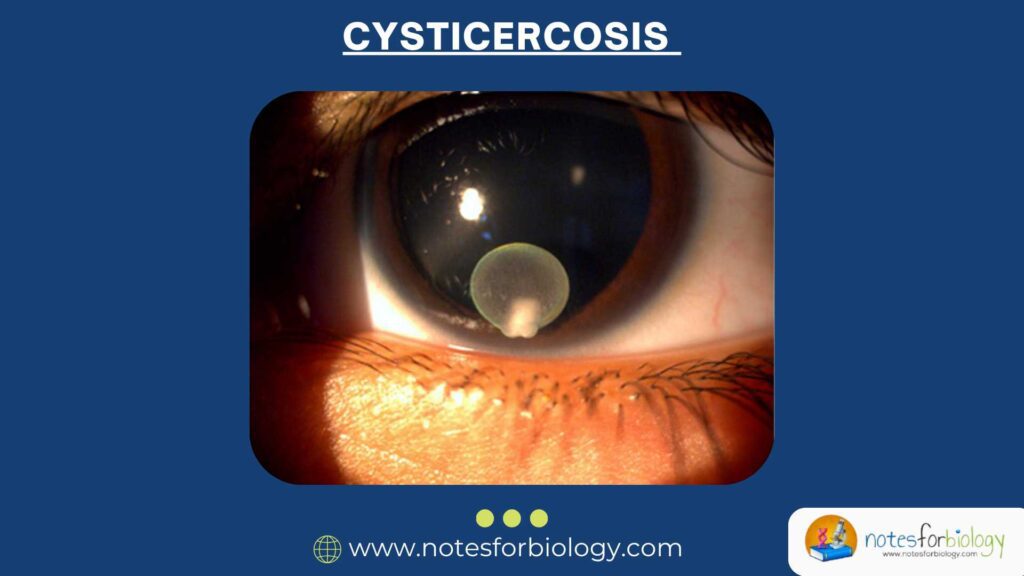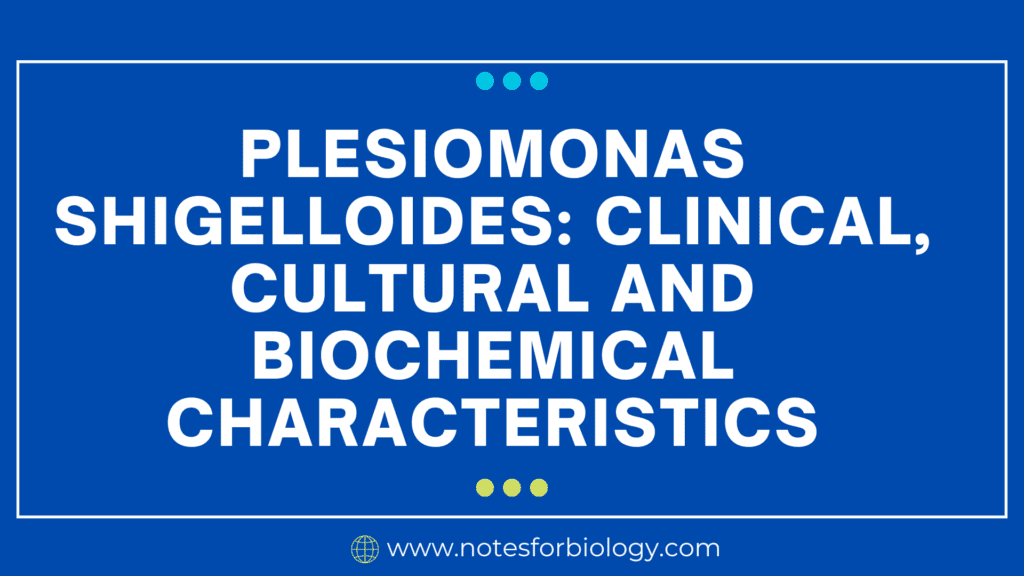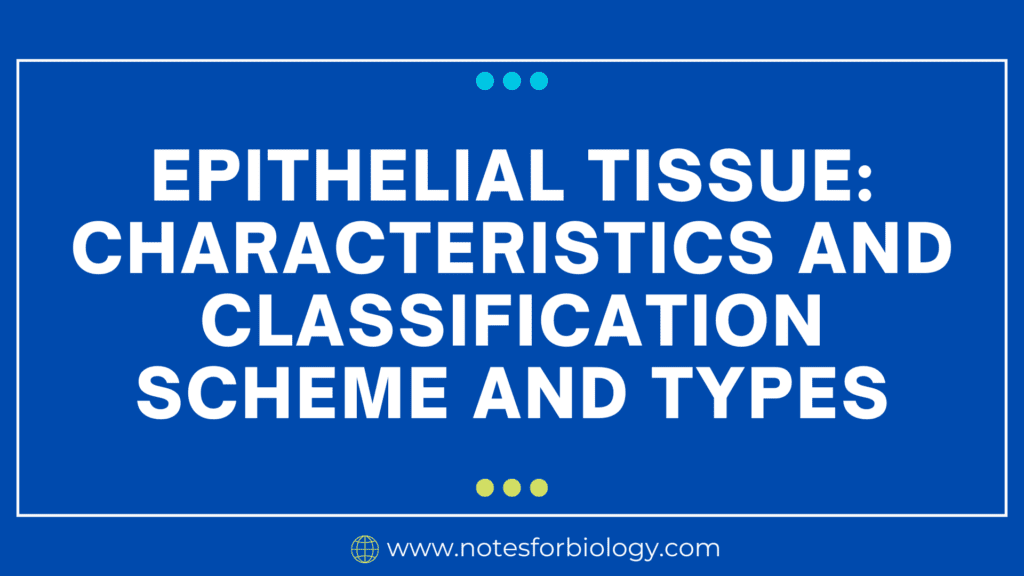Introduction
Cysticercosis is a parasitic tissue infection caused by the larval stage of the pork tapeworm, Taenia solium. While Taenia solium can infect the human intestine (taeniasis), cysticercosis occurs when its larvae, called cysticerci, invade various body tissues, especially muscles, eyes, skin, and the central nervous system. The most severe form of this condition is neurocysticercosis, where the brain is affected, leading to neurological complications.
This document provides a thorough yet simple and humanized explanation of cysticercosis, covering its clinical manifestations, diagnostic approaches, and treatment options. We will also discuss its public health implications and preventive strategies.
Table of Contents
1. Definition
Cysticercosis is an infection with the larval stage of Taenia solium. Humans become infected by ingesting the eggs of the tapeworm, usually through fecal-oral contamination. Once ingested, the eggs hatch in the intestine and the larvae migrate to different tissues, where they form fluid-filled cysts.

It is important to differentiate between:
- Taeniasis: Intestinal infection with the adult tapeworm.
- Cysticercosis: Tissue infection with the larval stage.
2. Life Cycle of Taenia solium
Understanding the life cycle of the parasite is key to grasping how cysticercosis develops.
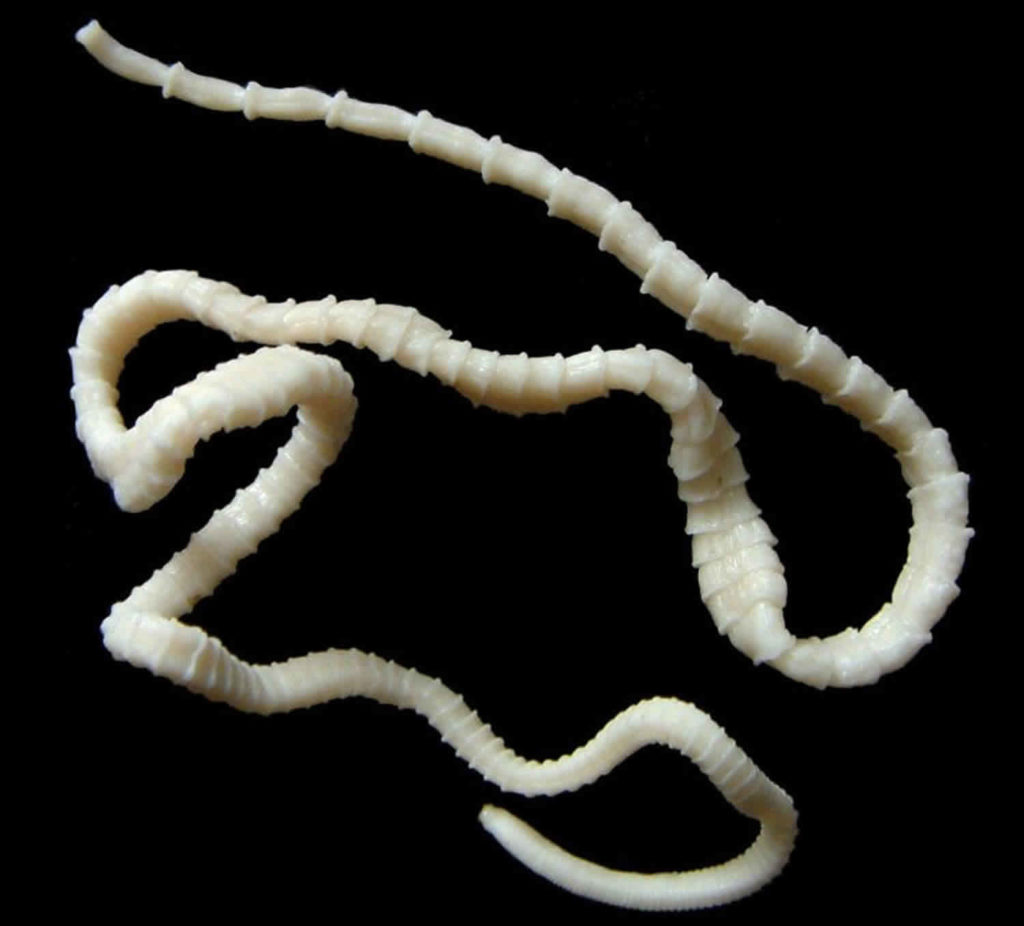
- Human as Definitive Host: Ingesting undercooked pork containing cysticerci causes intestinal infection (taeniasis).
- Eggs Released: The adult tapeworm releases eggs into human feces.
- Accidental Host: If another person ingests the eggs (e.g., contaminated food or water), they can become an intermediate host.
- Larvae Penetration: Eggs hatch in the intestine, and larvae penetrate the intestinal wall, entering the bloodstream.
- Cyst Formation: Larvae lodge in muscles, brain, eyes, or other tissues, forming cysts.
3. Epidemiology and Risk Factors
A. Geographical Distribution
- Common in Latin America, Sub-Saharan Africa, Southeast Asia, and parts of India and China.
- Becoming an emerging concern in developed countries due to immigration and travel.
B. Risk Factors
- Poor sanitation
- Consumption of contaminated food or water
- Inadequate meat inspection
- Close contact with tapeworm carriers
- Lack of hygiene education
4. Clinical Manifestations
Symptoms depend on the location, number, and stage of the cysticerci in the body.
A. Subcutaneous and Muscular Cysticercosis
- Asymptomatic in many cases
- Firm, mobile, painless nodules under the skin
- Muscle pain, stiffness, or weakness (rare)
B. Ocular Cysticercosis
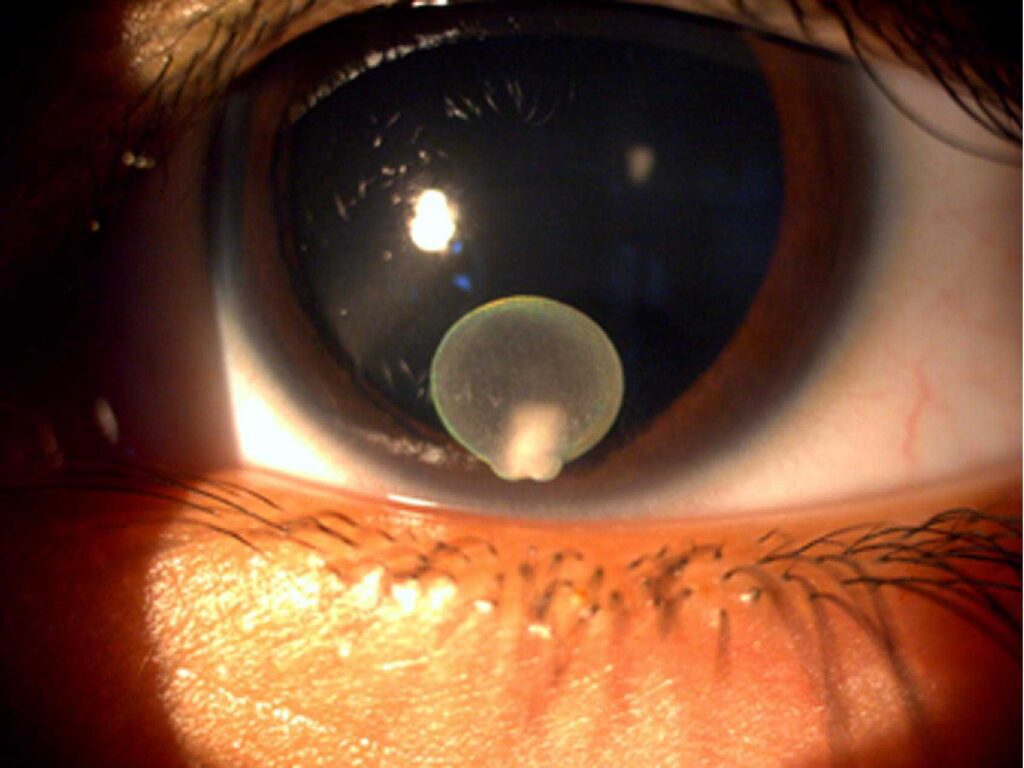
- Floaters, blurred vision, or loss of vision
- Pain or inflammation in the eye
- Retinal detachment or optic neuritis in severe cases
C. Neurocysticercosis (Most Serious Form)
Occurs when larvae lodge in the central nervous system (CNS).
Symptoms:
- Seizures (most common symptom)
- Headache and increased intracranial pressure
- Hydrocephalus (fluid accumulation in the brain)
- Meningitis-like symptoms
- Cognitive or behavioral changes
- Vision problems
- Stroke-like symptoms (if brain vessels are involved)
Types of Neurocysticercosis:
- Parenchymal: Involves brain tissue; often leads to seizures
- Extraparenchymal: Includes subarachnoid, ventricular, or spinal forms; may cause hydrocephalus
- Mixed: Combination of both
5. Diagnostic Approaches
Early and accurate diagnosis is critical for effective management.
A. Medical History and Physical Exam
- History of travel to or residence in endemic areas
- Contact with tapeworm carriers
- Seizure or neurological symptoms
B. Imaging Techniques
- CT Scan (Computed Tomography):
- Shows calcified lesions (dead cysts)
- Useful in assessing parenchymal involvement
- MRI (Magnetic Resonance Imaging):
- More sensitive for identifying live cysts, edema, or ventricular involvement
- Preferred in suspected neurocysticercosis
C. Serological Tests
- Enzyme-linked immunoelectrotransfer blot (EITB): Highly specific and sensitive
- ELISA: Detects antibodies or antigens
- False negatives can occur in localized infections
D. Ophthalmologic Examination
Fundoscopy or ultrasound to detect intraocular cysts
E. Biopsy
- Rarely required
- Done when nodules are accessible and diagnosis is uncertain
6. Treatment
Treatment depends on the location, number, and viability of cysts.
A. Medical Management
1. Antiparasitic Drugs
- Albendazole (preferred):
- Dose: ~15 mg/kg/day for 7–28 days
- Praziquantel:
- Alternative option, especially in mixed infections
These drugs destroy living cysticerci, which can trigger an inflammatory response.
2. Anti-inflammatory Drugs
- Corticosteroids (e.g., dexamethasone or prednisone):
- Reduce inflammation caused by dying cysts
- Given before or along with antiparasitic drugs
3. Anti-seizure Medications
- Required for patients with seizures
- Examples: phenytoin, carbamazepine, levetiracetam
- Duration depends on seizure control and lesion status
B. Surgical Treatment
- Hydrocephalus: Requires ventriculoperitoneal shunting
- Ocular cysticercosis: May require surgical removal
- Subcutaneous nodules: Removed for cosmetic or diagnostic reasons
7. Special Considerations
A. Asymptomatic Cases
- Often do not require antiparasitic treatment
- Close monitoring is essential
B. Ocular Cysticercosis
- Antiparasitic therapy avoided initially to prevent inflammatory damage to eye
- Surgery considered before drug therapy
C. Neurocysticercosis with Increased Intracranial Pressure
Corticosteroids and surgery prioritized before antiparasitic treatment
D. Pediatric Patients
- Treatment protocols adjusted by weight
- Seizures may be harder to control
8. Prognosis and Outcomes
- Favorable outcomes in localized or parenchymal neurocysticercosis with proper treatment
- Mortality and disability higher in extraparenchymal or untreated cases
- Seizure recurrence possible even after cysts are calcified
9. Prevention Strategies
A. Hygiene and Sanitation
- Wash hands thoroughly with soap
- Use clean water for drinking and cooking
- Avoid open defecation
B. Food Safety
- Cook pork thoroughly (internal temperature > 63°C / 145°F)
- Avoid consuming raw or undercooked meat
- Wash vegetables and fruits properly
C. Meat Inspection
- Meat should be inspected for cysticerci at slaughterhouses
- Avoid backyard slaughtering without veterinary supervision
D. Education and Awareness
- Community-level education on transmission and prevention
- Training healthcare workers in endemic areas
E. Control of Taeniasis
- Mass drug administration in endemic communities
- Identification and treatment of tapeworm carriers
10. Public Health Impact
- Neurocysticercosis is a leading cause of acquired epilepsy in developing countries.
- The economic burden includes treatment costs, lost productivity, and disability.
- WHO recognizes it as a neglected tropical disease.
- Integrated One Health approach (humans, animals, environment) is necessary.
11. Global and Regional Efforts
- World Health Organization (WHO): Developing strategies to eliminate Taenia solium infections
- National surveillance programs in endemic countries
- Collaborations between veterinary and medical sectors
Conclusion
Cysticercosis is a preventable but potentially life-threatening parasitic infection. Its impact, particularly as neurocysticercosis, can be devastating for individuals and healthcare systems. However, with prompt diagnosis, appropriate treatment, and strong public health measures, the burden of this disease can be significantly reduced.
Effective control hinges on improved sanitation, safe food practices, health education, and coordinated medical-veterinary efforts. By raising awareness and ensuring access to proper healthcare, it can move from a neglected condition to a managed and controlled disease.
FREQUENTLY ASKED QUESTIONS
What causes cysticercosis in humans?
It is caused by ingesting Taenia solium eggs through contaminated food or water
What is neurocysticercosis?
A severe form of cysticercosis where the larval cysts invade the brain, causing seizures and other neurological issues.
Can cysticercosis be cured?
Yes, with antiparasitic drugs, anti-inflammatory medications, and sometimes surgery, most cases can be treated effectively.
Related Articles

